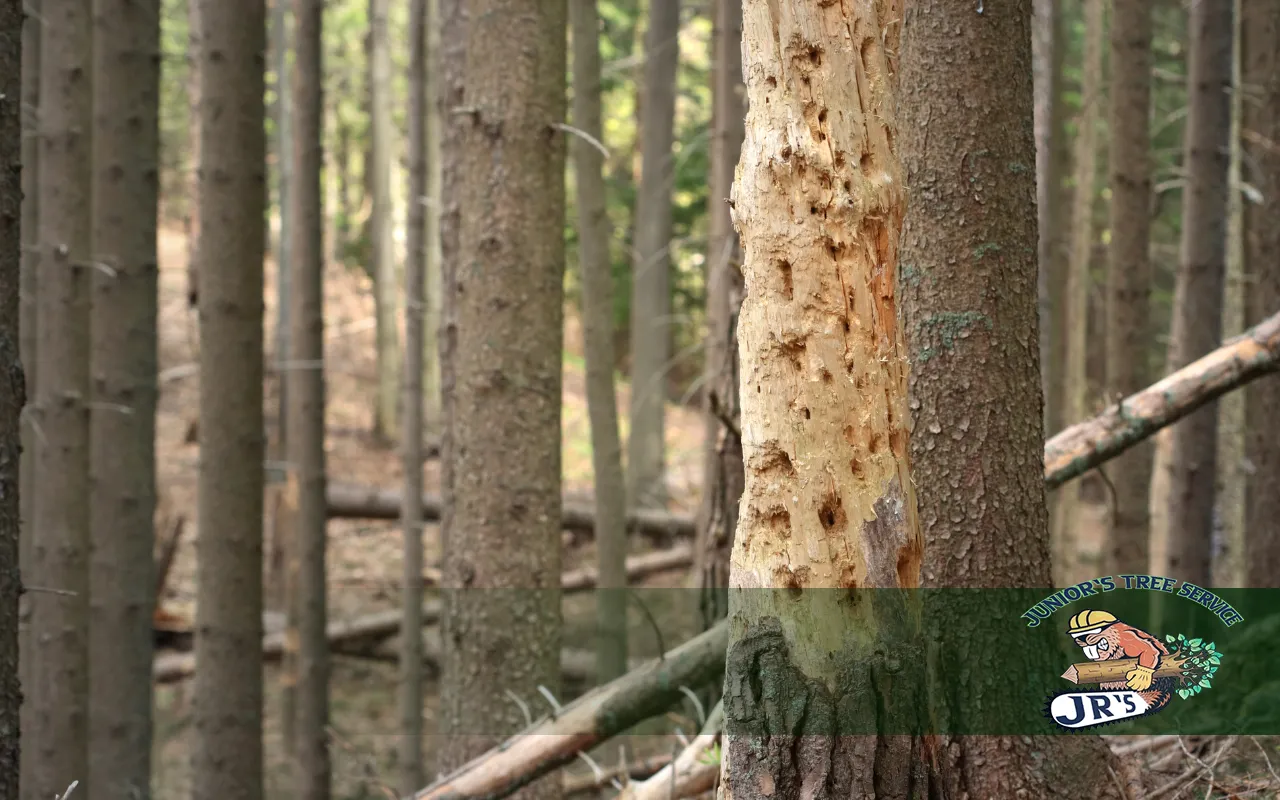
Diagnose Treat Tree Diseases Irving TX
Introduction
Trees are vital to our landscapes, providing beauty, shade, and environmental benefits. However, tree diseases can threaten their health and longevity. In Irving, TX, various tree diseases can affect your trees. Knowing how to diagnose and treat these diseases is crucial for maintaining a healthy landscape. In this post, we will explore common tree diseases in Irving, TX, and provide expert tips on diagnosing and treating them.
Common Tree Diseases in Irving, TX
Understanding common tree diseases in Irving, TX, is the first step toward protecting your trees. Here are some prevalent diseases to watch out for:
- Oak Wilt
- Symptoms: Leaf discoloration, wilting, and death.
- Causes: A fungal pathogen spread by beetles and root grafts.
- Anthracnose
- Symptoms: Dark, sunken lesions on leaves, stems, and fruit.
- Causes: Fungal infection favored by wet, cool conditions.
- Root Rot
- Symptoms: Yellowing leaves, stunted growth, and root decay.
- Causes: Overwatering, poor drainage, and fungal pathogens.
Diagnosing Tree Diseases
Proper diagnosis is essential for effective treatment. Here are steps to diagnose tree diseases:
- Visual Inspection
- Examine leaves, bark, and roots for symptoms.
- Note any discoloration, lesions, or wilting.
- Soil Testing
- Test soil for nutrient deficiencies and pathogens.
- Adjust soil conditions based on test results.
- Professional Assessment
- Hire a certified arborist for a thorough evaluation.
- Professionals can accurately identify diseases and recommend treatments.
Treatment Options for Tree Diseases

Once diagnosed, treating tree diseases promptly is vital. Here are some treatment options:
- DIY Treatments
- Prune infected branches to prevent disease spread.
- Apply fungicides and insecticides as needed.
- Professional Treatments
- Arborists can provide advanced treatments like soil injections and tree surgery.
- Consider professional help for severe or widespread infections.
- Preventative Measures
- Maintain tree health through proper watering, mulching, and fertilization.
- Monitor trees regularly for early signs of disease.
Conclusion
Keeping your trees healthy and disease-free requires vigilance and care. By understanding common tree diseases and knowing how to diagnose and treat them, you can protect your trees and enhance your landscape. If you need professional tree care services, contact Junior’s Tree Services today to ensure your trees thrive. Visit our Contact Page for more information.
